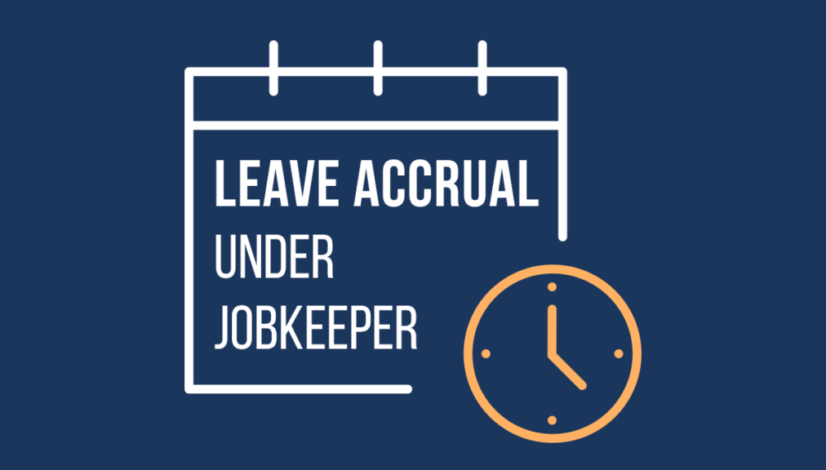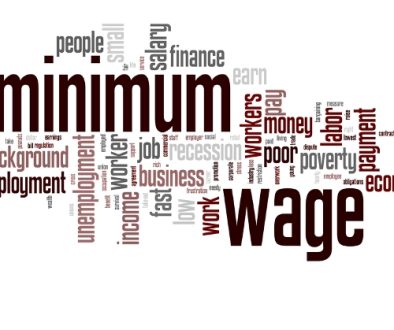Changes to Job Keeper Laws
CHANGES TO JOB KEEPER LAWS
JobKeeper 2.0, Sick Leave Decision Reversed, Protect yourself from Casual Double Dipping Claims
All Employers
The current rules enabling an employer who has qualified under the JobKeeper Scheme to request that an employee take some of their annual leave will cease to operate from 28 September 2020.
Employers that qualify under JobKeeper 2.0
For employers who qualify under the JobKeeper Scheme and who will continue to qualify under JobKeeper 2.0, other than the above, all other rules remain the same, including the ability to partially or fully stand down an employee without pay and / or make changes to their duties.
Employers that do NOT qualify under JobKeeper 2.0
For employers who have previously qualified under the JobKeeper Scheme, but who will NOT qualify under JobKeeper 2.0 after 28 September 2020, they will be subjected to amended rules. These employers will still need to satisfy a 10% decline in turnover in the September 2020 and / or December 2020 quarters by obtaining a 10% decline turnover test certificate from an eligible financial service provider, including a registered company auditor or a registered tax agent, BAS agent or tax (financial) adviser or a qualified accountant.
The changed rules will be as follows:
- Employers can issue a JobKeeper-enabling stand down direction to an employee for whom they previously received a JobKeeper payment for to reduce that employee’s ordinary hours to a minimum of 60% of the employee’s ordinary hours as they were at 1 March 2020, provided the relevant criteria for issuing the directions are met. The 60% threshold does not apply to casuals.
- Such a direction cannot result in the employee working less than 2 consecutive hours in a day.
- These employers must also give a longer period of notice before giving a JobKeeper-enabling direction – 7 days rather than 3 days, and have expanded consultation requirements.
PREVIOUS SICK LEAVE DECISION REVERSED
In August 2019, a Federal Court decision which held that part-time employees were entitled to 10 days’ of paid personal/carer’s leave each year, irrespective of how many hours they worked each week.
On 13 August 2020, the High Court overruled this decision, and it held that part-time employees accrue paid personal/carer’s leave on a pro-rata basis, based on their ordinary hours of work. For example, a part-time employee working 19 hours a week will be entitled to five (5) days’ of paid personal/carer’s leave each year.
CASUAL EMPLOYEE DOUBLE DIPPING CLAIMS
Despite the above High Court decision restoring fairness for employers in relating to paid personal/carer’s leave for their employees, the the Casual Double Dipping decision in Rossato v Workpac Pty Ltd, which allows a regular and systematic casual employee to claim for annual leave and other permanent employee entitlements, remains.
Employers should look to make use of our newly revised Casual Employment Agreements, which contain a specially drafted clause requiring a casual employee to repay any and all casual loadings paid where that employee makes such a claim against the employer.
For further information on the Changes to Job Keeper Laws, you can visit the Fair work Centre here
Our team at Gerard Wilkes & Associates are here to help. If you have any questions regarding this article, or would like to discuss your taxation matters further, please contact us at https://www.wilkes.com.au/contact-us/ or call our office 07 5532 1733.




